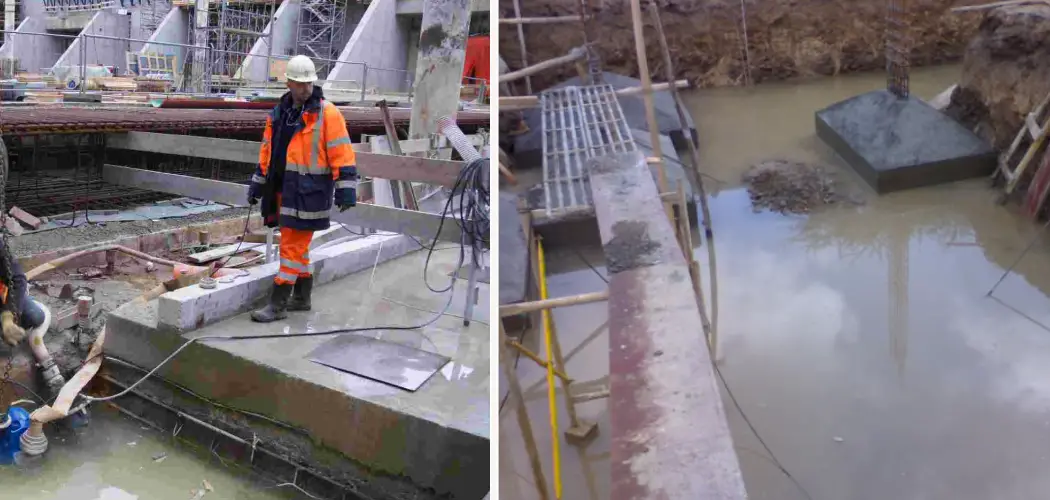Groundwater seepage can be a major problem for homeowners. When groundwater accumulates near your foundation, it can weaken structural supports and cause moisture to accumulate in the foundation walls – which increases the chances of mold growth. If left unaddressed, groundwater seepage can lead to costly repairs and even undermine a property’s overall value.
Thankfully, there are tried-and-tested solutions available to those looking to stop groundwater from entering their homes. In this post on how to stop groundwater seepage, we’ll walk you through some of the best methods for preventing seepage and keeping your home dry and healthy all year round!
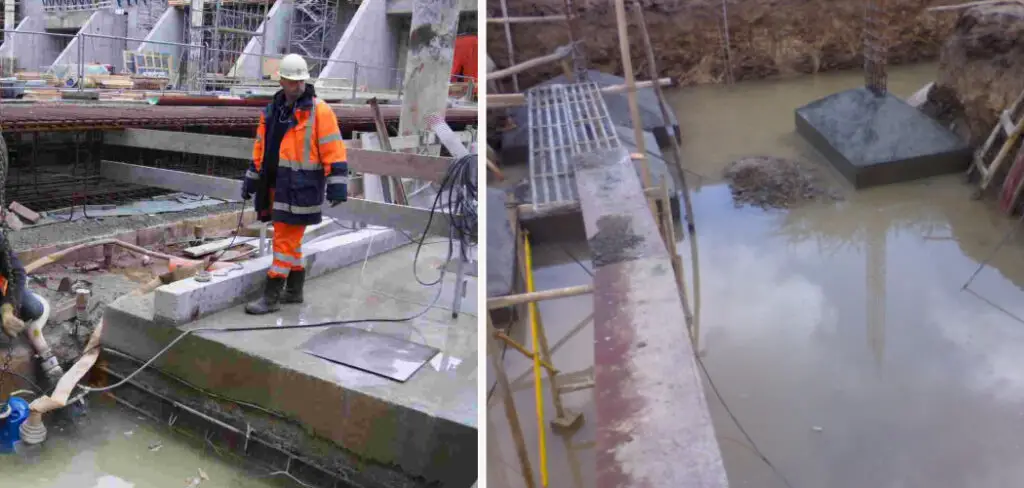
Needed Tools and Materials
Given below are the tools and materials you will need in order to stop groundwater seepage:
- Waterproofing Membrane
- Caulk
- Sealant
- Sealing Tape
- Tarp
- Gravel
- Drainage Pipe
- Drainage Stone/gravel
11 Step-by-Step Instructions on How to Stop Groundwater Seepage
Step 1: Inspect the Area for Signs of Groundwater Seepage
Inspect your home’s foundation and exterior walls for signs of seepage. Look for areas where water has pooled or is leaking from. These could be indicators that groundwater is seeping into your house. If you find any such areas, then proceed to the next step. Otherwise, you may not need to take any other steps.
Step 2: Consider Installing a Waterproofing Membrane
If the area around your home’s foundation is particularly damp, you may want to consider installing a waterproofing membrane. A waterproofing membrane acts as an extra barrier against moisture, keeping it away from the foundation and preventing further seepage. If you decide to install a waterproofing membrane, be sure to follow the manufacturer’s instructions carefully.
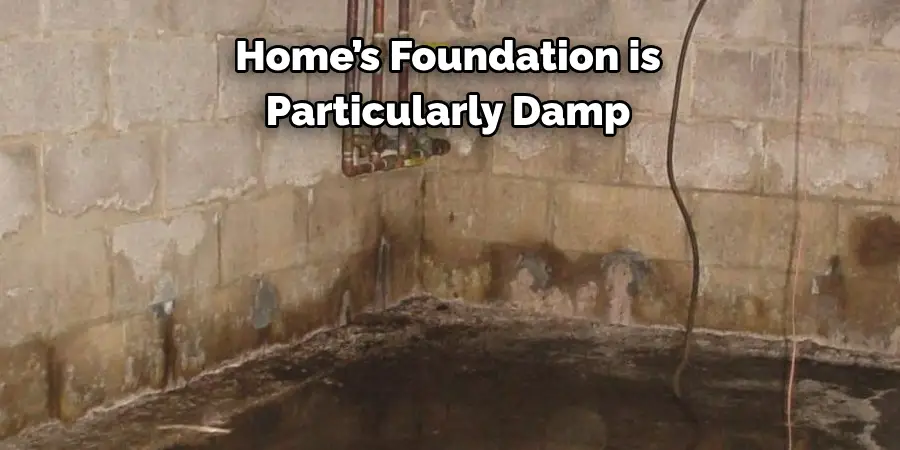
Step 3: Use Caulk to Seal Cracks in Foundation Walls
Check the foundation walls for cracks and use caulk to seal them up. This will help prevent water from entering through the cracks and causing further seepage. This step is especially important if you live in an area that experiences frequent freeze/thaw cycles. It’s also a good idea to check the walls for hairline cracks which can be hard to spot.
Step 4: Apply a Sealant to Exposed Brick or Masonry Joints
If your home has exposed brick or masonry joints, apply a sealant to them. This will help protect them from moisture and stop groundwater seepage. But be sure to use a sealant specifically designed for brick or masonry joints; any other type of sealant could cause damage. It’s also important to follow the manufacturer’s instructions carefully when it comes to applying a sealant.
Step 5: Install Sealing Tape on Window Frames
Install sealing tape around window frames in order to seal out any moisture that could be coming in through these openings. But since windows are designed to open and close, be sure to use tape that’s specifically designed for this purpose. It’s also important to follow the manufacturer’s instructions carefully.
Step 6: Use a Tarp to Divert Water Away From Your Home’s Foundation
Lay a tarp over the area surrounding your home’s foundation in order to divert water away from it. This will help to prevent water from accumulating near the foundation and seeping in. But be sure to use a tarp specifically designed for this purpose; any other type of tarp could cause damage. If you’re using a tarp, be sure to follow the manufacturer’s instructions carefully.
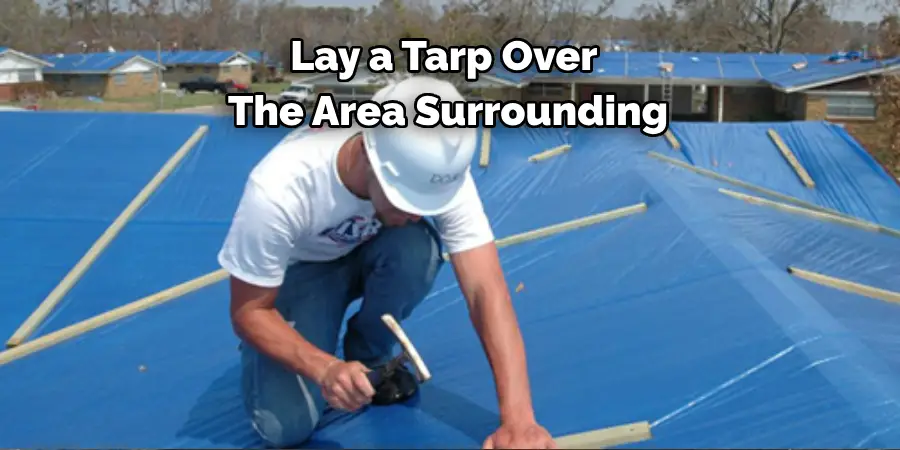
Step 7: Lay Gravel to Enhance Drainage
Lay a thick layer of gravel over the tarp in order to enhance drainage. The gravel will help keep the soil underneath dry, which will reduce the chances of groundwater seepage. It’s also important to check the area regularly for any signs of seepage. This will help you catch any issues early on and take corrective action quickly.
Step 8: Install Drainage Pipe Around Foundation Walls
Install drainage pipes around your home’s foundation walls in order to direct any accumulated water away from them. This can be done by digging a trench for the pipe and then connecting it to an external drainage system or other means of disposal, such as a dry well or sump pump. It’s also important to check the area regularly for any signs of seepage.
Step 9: Fill the Trench with Drainage Stone or Gravel
Once you have installed the drainage pipe, fill the trench with drainage stone or gravel. This will ensure that water is able to flow freely through the pipe and away from your home’s foundation. This step is especially important if you live in an area that experiences frequent freeze/thaw cycles.
Step 10: Monitor the Area for Groundwater Seepage
Monitor your home’s foundation area for any signs of groundwater seepage. If you notice any pooling or leaking water, take action immediately in order to prevent further damage. If needed, consider using a dehumidifier in order to reduce the humidity levels and prevent further seepage. This is especially important during the summer months when humidity levels tend to be higher.
Step 11: Check Gutters and Downspouts Regularly
Make sure to check your gutters and downspouts regularly in order to ensure they are not clogged up with debris. Clogged gutters can cause water to pool around your home’s foundation, which can lead to groundwater seepage. It’s also important to check for any cracks in the gutters or downspouts. These can be a source of water entering your home, so be sure to repair any cracks as soon as you spot them.
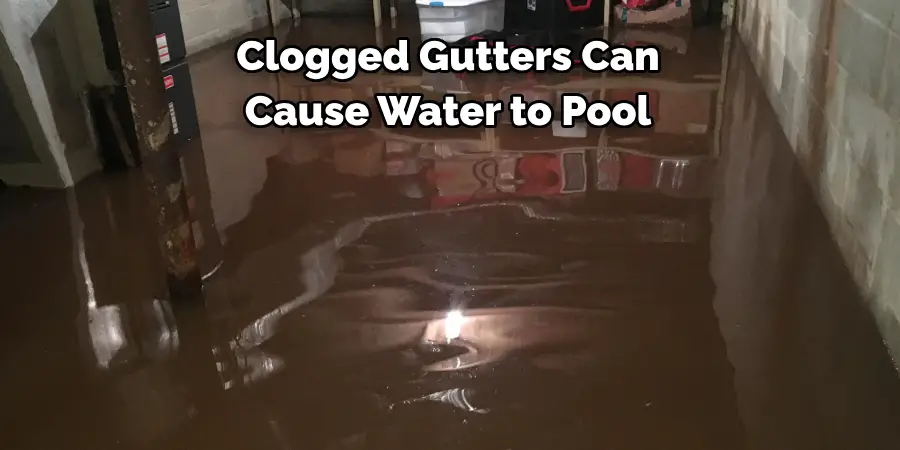
By following the steps outlined above, you should be able to stop groundwater from entering your home and causing damage. Doing so will help protect your property and keep it dry all year round!
If you have any questions about how to stop groundwater seepage, don’t hesitate to contact a local contractor or waterproofing specialist for advice. They will be able to offer additional insight into the best solutions for your particular situation.
Do You Need to Hire a Professional?
If you’ve tried the methods above but are still experiencing groundwater seepage, it may be time to hire a professional. A waterproofing contractor or foundation specialist can help identify and repair any underlying issues that could be causing the seepage. They can also apply specialized materials like concrete sealers for added protection against moisture and water damage.
By addressing these issues as soon as they arise, you can prevent further damage to your home and rest assured that it is safe from groundwater seepage.
No matter what issue you’re facing with your home’s foundation, there is likely a solution available to fix it. Take the time to research your options in order to determine the best course of action for your particular situation. With a little knowledge and some help from professionals, you can ensure that your home is safe and dry all year round!
How Much It Will Cost?
The cost of preventing groundwater seepage will depend on the type of solution you choose. For example, hiring a professional to apply a waterproofing membrane or sealant can range in price from $1,000 -$3,000 depending on the size and complexity of the job. Installing drainage pipes and gravel may also cost extra. Ultimately, it’s best to get quotes from several different contractors in order to find the most affordable option for your particular needs.
Frequently Asked Questions
Q: How Do I Know if My Home is Experiencing Groundwater Seepage?
A: Look for signs of water pooling or leaking from the foundation walls and around window frames. These are common indicators that groundwater is seeping into your home.
Q: How Can I Prevent Groundwater Seepage?
A: You can prevent groundwater seepage by installing a waterproofing membrane, sealing cracks in foundation walls with caulk, applying the sealant to exposed brick or masonry joints, using sealing tape on window frames, laying a tarp over the area around the foundation, and installing drainage pipe and gravel.
Q: Should I Hire a Professional to Stop Groundwater Seepage?
A: If you’ve tried the methods above but still have issues with seepage, it may be time to hire a professional. They can help identify and repair any underlying issues that could be causing the seepage and apply specialized materials for added protection.
Q: How Much Does it Cost to Stop Groundwater Seepage?
A: The cost will depend on the type of solution you choose. Hiring a professional to apply a waterproofing membrane or sealant can range in price from $1,000 -$3,000 depending on the size and complexity of the job. Installing drainage pipes and gravel may also cost extra. It’s best to get quotes from several different contractors in order to find the most affordable option for your particular needs.
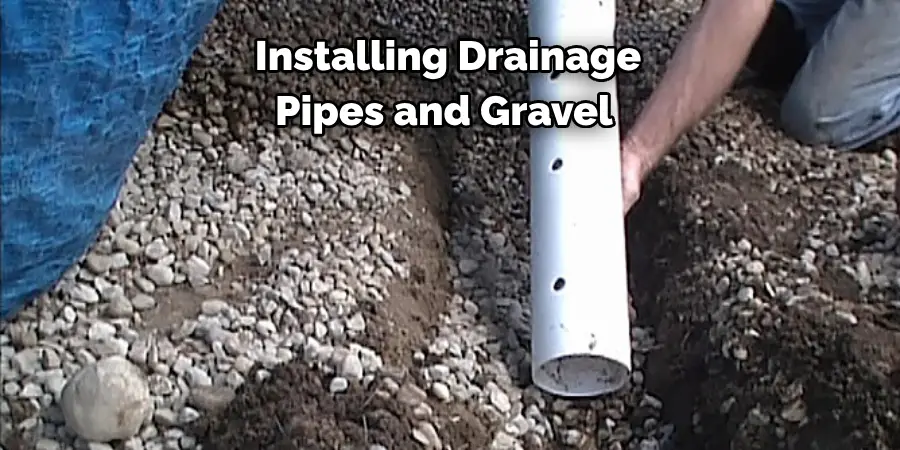
Conclusion
All in all on how to stop groundwater seepage, for those interested in keeping their property or building dry from possible groundwater seepage, it is important to do everything possible to make sure that this does not become an issue.
This can include creating a proper drainage system around the foundation and water diversion measures near the base of the home. Additionally, observe the basement or crawl space frequently for any signs of condensation, dampness, or leaks which could indicate areas of potential seepage.
Covering vents and unsealed windows during cold and wet weather can also be beneficial in controlling moisture entering from outside. Ultimately, only through regular maintenance and inspection can one ensure that there will not be any costlier problems later on due to groundwater seepage. Take action now – don’t wait until it’s too late!

